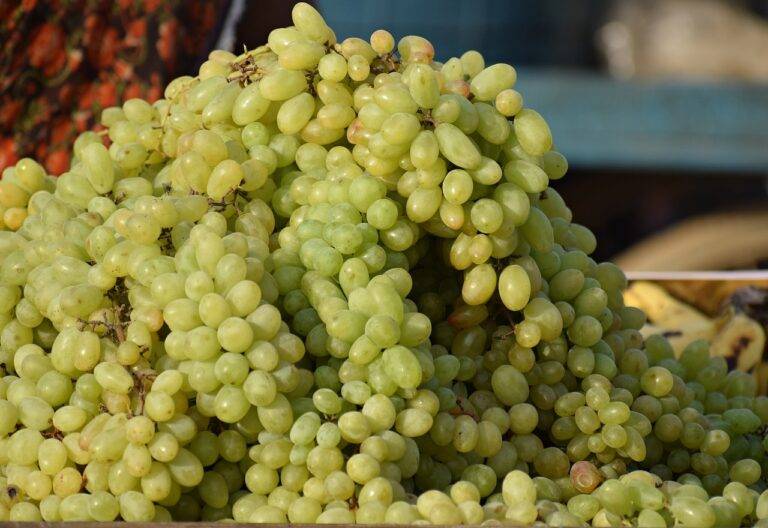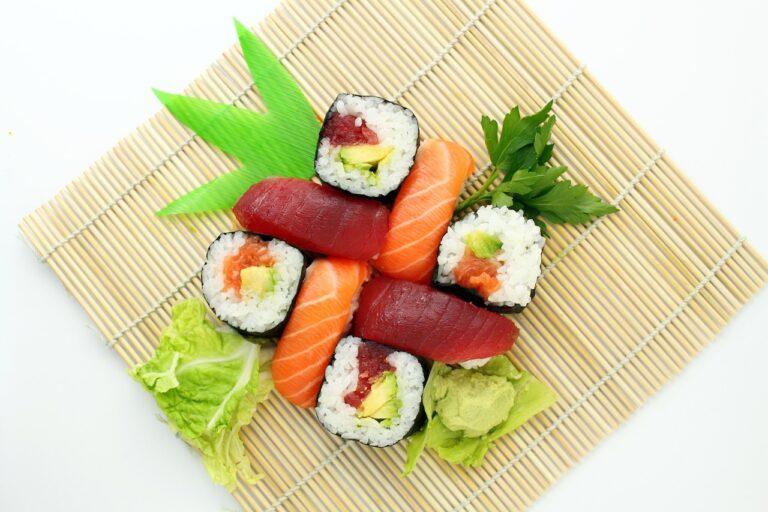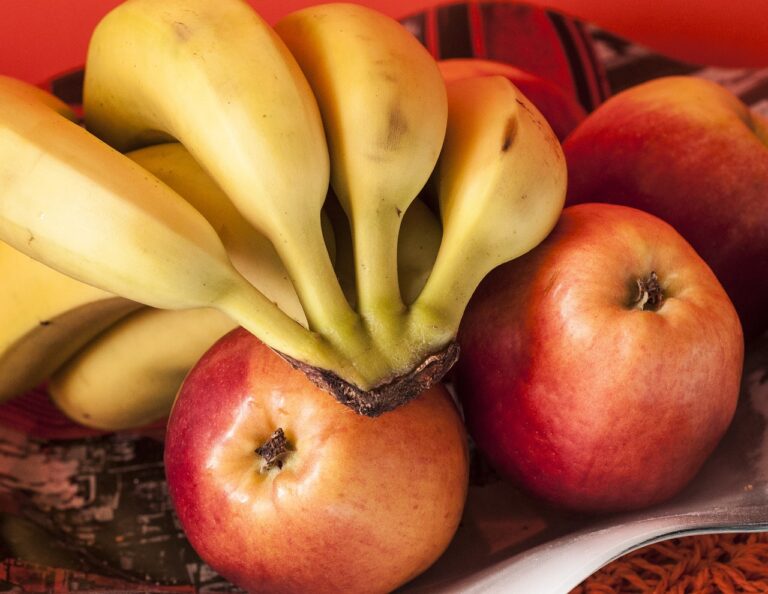Sustainable Seafood: How to Make Responsible Choices
Choosing sustainable seafood is an important step towards protecting our oceans and marine life. By opting for sustainably sourced fish and shellfish, consumers can help support responsible fishing practices that ensure the long-term health and abundance of ocean populations. Sustainable seafood not only helps safeguard marine ecosystems but also supports the livelihoods of fishing communities worldwide.
In addition to environmental benefits, selecting sustainable seafood can also improve personal health. Sustainable seafood is often fresher and more nutritious since it is caught or farmed using practices that prioritize the well-being of the fish and the surrounding environment. By choosing sustainably sourced seafood, individuals can enjoy delicious meals while contributing to the preservation of marine resources for future generations.
Understanding the Impact of Overfishing
Overfishing is a critical issue that poses a significant threat to the health of our oceans. When fish populations are harvested at unsustainable rates, it disrupts the delicate balance of marine ecosystems. This imbalance can lead to a decrease in biodiversity, affecting not only the targeted fish species but also their predators and prey.
In addition to depleting fish populations, overfishing can also have negative consequences for coastal economies that rely on a healthy seafood industry. As fish stocks decline, many fishing communities face economic challenges and job losses. Sustainable fishing practices are crucial to ensure the long-term viability of both marine ecosystems and the livelihoods of those who depend on them.
Certifications and Labels to Look For
When shopping for seafood products, it is essential to pay attention to certifications and labels that indicate the sustainability of the fishery. Look for prominent certifications like the Marine Stewardship Council (MSC) or the Aquaculture Stewardship Council (ASC) on packaging. These certifications ensure that the seafood has been sourced responsibly and is not contributing to overfishing or harm to the marine environment.
In addition to certifications, labels such as “wild-caught” or “line-caught” can also provide valuable information about the sourcing practices behind the seafood. These labels often indicate that the fish has been caught using more selective and eco-friendly methods, reducing the impact on marine ecosystems. By choosing seafood with trustworthy certifications and labels, consumers can make a positive impact on the environment and support sustainable fishing practices.
Why should I choose sustainable seafood?
Choosing sustainable seafood helps protect the health of our oceans and marine life, ensures future availability of seafood for generations to come, and supports responsible fishing practices.
What is the impact of overfishing?
Overfishing can lead to depleted fish populations, disruption of marine ecosystems, and economic hardships for fishing communities. It can also result in the collapse of fisheries and loss of biodiversity.
What certifications and labels should I look for when buying seafood?
Look for certifications such as Marine Stewardship Council (MSC), Aquaculture Stewardship Council (ASC), and Best Aquaculture Practices (BAP) to ensure that the seafood you are buying is sourced sustainably. Labels like “Wild-caught” or “Responsibly Farmed” can also indicate sustainable practices.







